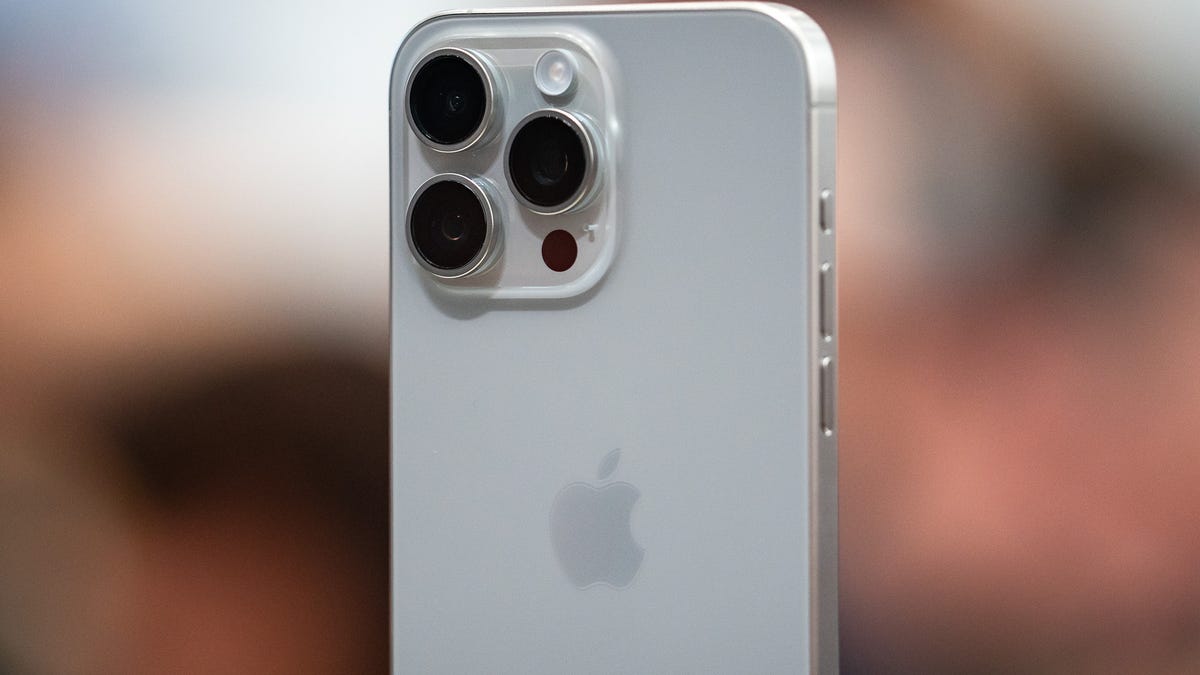- I tested a Pixel Tablet without any Google apps, and it's more private than even my iPad
- My search for the best MacBook docking station is over. This one can power it all
- This $500 Motorola proves you don't need to spend more on flagship phones
- Finally, budget wireless earbuds that I wouldn't mind putting my AirPods away for
- I replaced my Linux system with this $200 Windows mini PC - and it left me impressed
My iPhone's battery is fading faster than Apple promised, despite my best efforts

Apple claims that the batteries shipped inside the iPhone 15 and later models are designed to retain 80% of their original capacity after 1,000 complete charge cycles “under ideal conditions.”
When I acquired my iPhone 15 Pro Max, I decided to put this claim to the test. This smartphone was first used in March 2024 and has been my daily driver ever since. I have taken every possible measure to care for the battery: I have permanently set the charging limit to 80% (Settings > Battery > Charging), avoided keeping the handset on charge for excessively long periods, and ensured it remains away from extreme temperatures.
How has it been performing?
Not great.
Also: iOS 18.4 update draining your iPhone’s battery? Try these 6 fixes
In a little over 12 months and 355 recharge cycles — approximately once a day, which is quite a high amount of usage — the maximum capacity has dropped to 91%.
My iPhone battery after just over 12 months of use.
Adrian Kingsley-Hughes/ZDNET
Extrapolating from this data, it is projected that the battery will reach 80% capacity after about 800 recharge cycles, around June 2026.
Also: The best power banks you can buy
At that point, when the battery’s maximum capacity dips below the 80% mark, it is functionally at the end of its life and will need replacing.
What’s the bottom line here?
Batteries wear out, and the more you use them, the quicker they will degrade. Chemical wear is a fact of life, and you can’t change the laws of physics.
Also: Want to protect your phone’s battery? Stop doing this one simple thing
But, my iPhone usage is particularly heavy, and it’s never more than an arm’s reach away. Consequently, someone with a more typical level of usage will likely experience slower battery wear. Moreover, heavy usage not only accelerates battery degradation but also intensifies it, thereby reducing the overall lifespan of the battery cells.
Based on my observations, I believe that an individual with an average level of iPhone usage could expect to achieve approximately three years or 1,000 recharge cycles before needing to replace the battery.
Also: The best phones for battery life in 2025
Three years is a decent amount of usage to get from a rechargeable battery, but what’s missing is that we need to normalize the idea that a battery is a consumable item and make it easy and cost-effective to replace them when they come to the end of their lives.
This is the single best way that consumers can save money and one of the best ways to keep electronics out of the e-waste pile.
Get the morning’s top stories in your inbox each day with our Tech Today newsletter.

